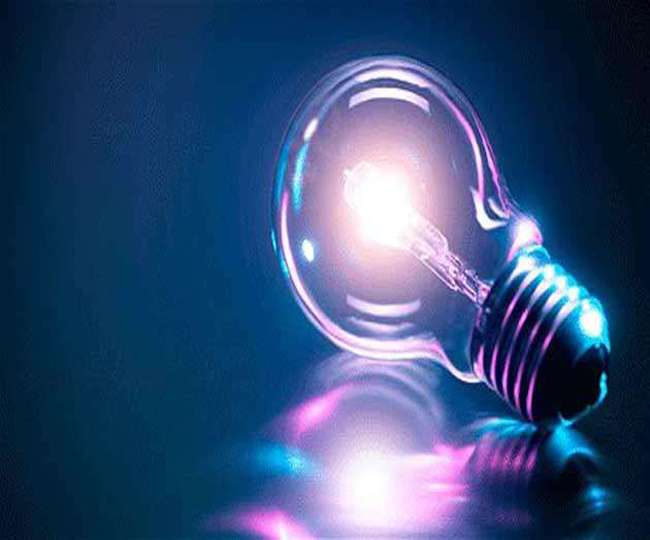
American researcher found a new way to produced electricity through heat

Washington, Pret. With the increasing population in the world, energy consumption is also increasing rapidly. Scientists around the world are looking for alternative avenues for this.
Currently, electric energy is being consumed rapidly. Many options have been explored by scientists, but they are not very effective.
Now American researchers have got a big success in this direction. They have found a better alternative not only to collect heat but to convert it into electricity.
Researchers say that this will also pave the way to convert the heat emanating from the car in the future, the heat generated in industrial processes, etc. into electrical energy.
Scientists at The Ohio State University in the United States, working in this direction, have found a new way of designing thermoelectric semiconductor materials.
According to the study published in the journal Science, this new method is based on microscopic particles called paramagnon. They do not have any magnetic properties, but it produces magnetic fields around them.
According to Joseph Heeraman, co-author of the study at The Ohio State University, this discovery allows us to generate more electricity than we currently produce from heat. According to the researchers, this is a method that no one had thought of yet, it would be possible.
This is how the new method works
The study states that when a magnet is heated, it gives off its magnetic properties and becomes a paramagnet. According to the researchers, a kind of energy is produced by the flow of magnetism, which is called magnon-drag thermoelectricity.
So far this energy could not be collected to be used at normal temperatures. Herman says conventional wisdom says that if you have a paramagnet and you heat it, nothing will happen. For this, the semiconductor materials used for the last 20 years are not very effective and they get very less energy.
This discovery revealed that when one side of the magnet is heated, the magnetism of its cold side increases. This causes its electrons to be pushed and generate electricity due to its rotating properties.
However, researchers have reported that when a magnet is heated, it dissipates its magnetic properties and becomes a paramagnet, but then it retains some properties of magnetism. The researchers investigated whether paramagnons produce sufficient rotation under such conditions.


